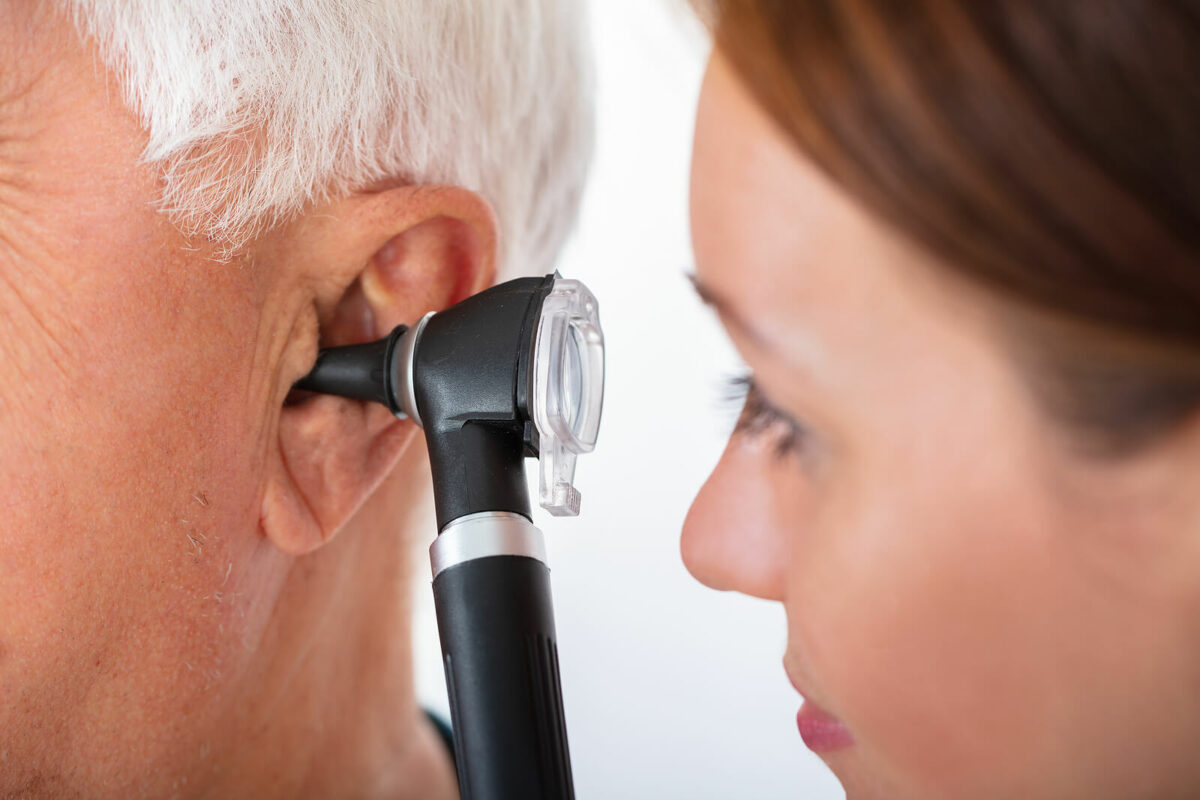The sense of hearing plays a pivotal role in our lives, as it connects us to the world around us. We can hear the trees, birds, animals, other elements of nature, and even ourselves, which is a wholesome gift. However, when hearing disorders disrupt this, it can impact our ears and the flow of our daily experiences, as hearing is just as important as sight or taste.
In this blog post, we will talk about common hearing disorders, recognize their symptoms, and emphasize the importance of seeking early intervention for a life filled with vibrant sounds.
Unveiling Common Hearing Disorders
Hearing disorders can come in different forms and affect individuals of all ages. The best way to treat them is by identifying symptoms early. This allows for effective management of these conditions and a wholesome treatment and recovery in the best-case scenario.
Sensorineural Hearing Loss
Sensorineural hearing loss is the most common type, often associated with aging or exposure
to loud noise. It occurs when delicate hair cells sustain inner ear or auditory nerve damage.
Symptoms
- Difficulty understanding speech, especially in noisy environments
- Sounds may seem muffled or distorted
- Tinnitus is characterized by a ringing or buzzing sensation in the ears
Early Intervention
- Regular hearing screenings for early detection
- Utilization of hearing aids has proven to be highly effective in managing sensorineural hearing loss
Conductive Hearing Loss
This hearing loss comes from outer or middle ear issues, stopping sound transmission to the inner ear. Causes may include ear infections, earwax blockage, or structural abnormalities.
Symptoms
- Difficulty hearing faint sounds
- Experiencing ear pain or discomfort
- The sensation of ears being plugged
Early Intervention
- Medical treatment to address underlying causes, such as antibiotics for infections
- Removal of earwax blockages
- Surgical procedures, if necessary
Mixed Hearing Loss
Mixed hearing loss combines sensorineural and conductive hearing loss characteristics, involving damage in both the inner and outer/middle ear.
Symptoms
- Manifestation of symptoms from both sensorineural and conductive hearing loss
- Difficulty hearing in various situations
Early Intervention
- A comprehensive approach involving medical treatment, surgery, and the use of hearing aids
Tinnitus
While not a hearing loss, tinnitus is a prevalent symptom associated with various hearing disorders. It involves perceiving noises like ringing, buzzing, or hissing in the ears without an external source.
Symptoms
- Persistent noise in one or both ears
- Intermittent or constant nature of the noise
- Association with hearing loss
Early Intervention
- Identifying and treating underlying causes, such as hearing loss or exposure to loud noise
- Utilizing sound therapy to manage and
- alleviate tinnitus symptoms
Strategies for Coping and Thriving
Hearing disorders don’t mean the end of the world, as you know; it, however, involves drastic adjustments to cope with the illness. The possibilities of managing and living a completely normal and otherwise healthy life while dealing with hearing loss are high, and here are a few ways to do it.
Routine hearing screenings are fundamental for the early detection of hearing disorders. Scheduling regular check-ups with an audiologist, especially if you notice changes in your hearing or experience symptoms like tinnitus, can pave the way for early intervention.
Preserving ear health is crucial in preventing potential damage. Avoid prolonged exposure to loud noises, use ear protection in noisy environments, and adopt cautious ear-cleaning practices, essential for safeguarding the ear canal.
For many hearing disorders, including sensorineural hearing loss, hearing aids have become transformative solutions. Modern hearing aids are discreet, comfortable, and equipped with advanced technology, enhancing hearing in various environments.
Contact Us Today
Whether through hearing aids, medical treatments, or auditory training programs, the path to a life without the constraint of hearing loss is possible.
Navigating the challenges of hearing disorders demands awareness, proactive measures, and timely intervention. Individuals can journey toward better hearing health by recognizing symptoms early on and seeking professional help. Contact us today!

